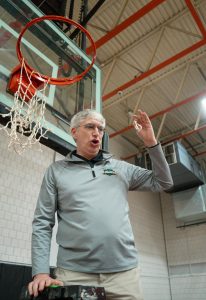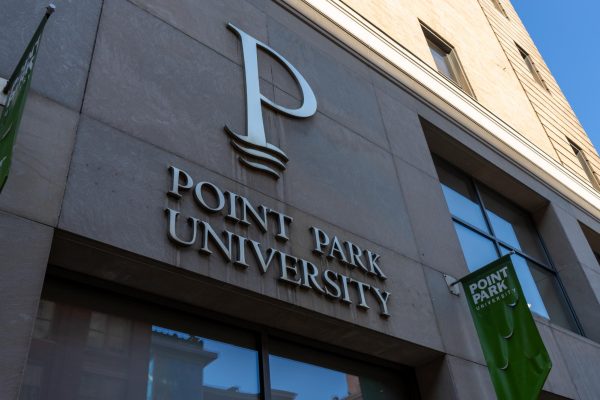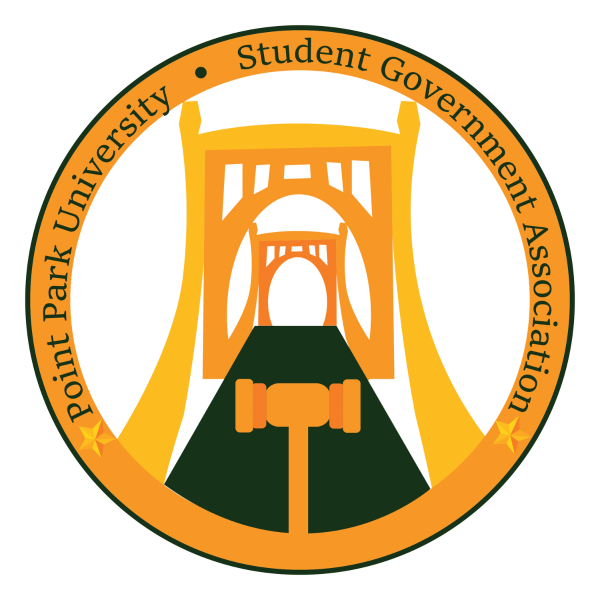University mulling options to replace Blackboard software
November 15, 2016
Point Park University is currently in the process of changing and adapting the technology available to students by replacing Blackboard with another online system.
A committee of 15 staff and faculty members led by Nelson Chipman, the executive director of Point Park Online, and instructional technologist Todd Slater are searching for a system to replace Blackboard. The faculty and staff members were pulled from every department of Point Park – the Conservatory of Performing Arts (COPA), the School of Business, the School of Communication, the School of Arts and Sciences and other groups and associations across campus.
Professors and student use Blackboard for posting assignments, notes, notifications and grades for courses. While this program is useful, it is known to cause confusion amongst both students and faculty.
Currently, the creators of Blackboard, Stephen Gilfus, Michael Chasen, Matthew Pittinsky and Daniel Cane, have created Blackboard Ultra, an updated version of the previous system, which they claim is cleaner and easier to use. Eventually, all customers with Blackboard will be forced to upgrade to Blackboard Ultra.
This prompted Point Park to create a committee to search and survey other learning programs to find the best fit for Point Park students. These programs include Canvas, D2L Brightspace and Schoology.
The plan for the future, told by Chipman and Slater, is to review the multiple systems and how the programs would be implemented from the different perspectives of students, faculty and staff. This includes making sure the system works for Point Park University’s IT Department and to ensure that faculty understand how to post assignments and for students to understand how to turn in assignments, check grades and find notes with ease.
All of the possible learning programs have mobile app functions and are available for smartphones, which is something that Slater finds very useful for students. Faculty members are looking for a system that can have a specific objective entered in and can link assignments, tests and tasks together in a unit or chapter that would last for any set amount of time.
Currently, there are initial reviews to make sure each of the learning programs make it through the university’s regulations. Testing each system should take place during the spring 2017 semester, though a final decision won’t be made until the summer or fall semesters of 2017.
When testing the new system, at least 100 students and faculty members are asked to participate before the system is put into place for the university. The committee will be looking for a wider view and response on how students are interacting and engaging on the new system.
When asked to comment on the possibility that students won’t respond well to the system, Slater said, “In my opinion, students drive the adoption and are driven by that adoption by their faculty. It goes on both sides.”
The implementation of a new learning program will be a university-wide decision and will require students, faculty and staff, administration and directors from every department across campus to test and approve of a system for the next academic school year.
“I look at this as an opportunity for the university that can help students with cleaner technology that is faster,” Chipman said.
Nathan Vrablic, a freshman advertising and public relations major, welcomes the transition to a new program, as he has had firsthand experience encountering problems with Blackboard.
“Not many students fully understand how Blackboard works,” Vrablic said. “I’m halfway through my first semester and I still don’t understand it. If we make this switch sooner rather than later it would be better for this freshman class to use for the rest of their time here.”















